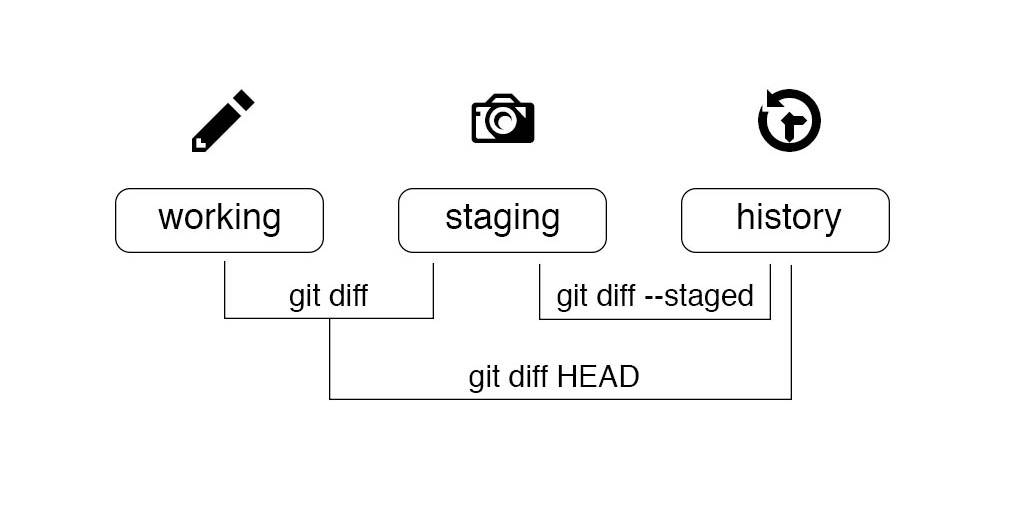

The standard command to add file contents to the staging area in Git is git add. And since you made sure you committed everything before kicking off the process, you don’t have to be afraid of accidentally discarding changes.The git stage command you mentioned is not a standard Git command. gitignore files, all of the unwanted work won’t make it into your next commit. Since `git add` only adds things that aren’t in your. gitignore file, delete all the files in your index, and then re-add everything.

The basic process is to make sure all your changes are committed, including your.
Git stage all changes how to#
You can read up on how to do it in detail here. Luckily, there’s a quick and easy way to combine those two steps into one. gitignore file, and unstage the changes that have already been added. You can and should do two things at this point: add those files to your. Let’s further suppose you’ve already accidentally committed or staged these unwanted files to the repository. So let’s say you’ve added a new logging tool or build process and introduced some junk to your working directory, or maybe you decided to engage in a little spring cleaning. This means that, with a properly configured ignore file, you can run `git addsafely whenever you want, without having to manually unstage the same files over and over again.

gitignore, it will - surprise! - completely ignore that file. If the file Git is attempting to stage is referenced in. The `git add` command will always check this file when attempting to stage changes. Obviously, this isn’t always ideal, since you often have files in your repository that you don’t want to ever commit (think build log files, secret files, node_modules, etc.). The period means “add everything in this current directory”, so if you’re operating at the top level of your working directory, that means `git add` will recursively go through every directory add every single change in every single file to index. ` is the most common way of staging all of the changes since the last commit. gitignore to prevent adding files to indexĪs you may know, `git add. This command is particularly useful for when you’ve just created and staged a file, and less so for when you’ve only staged changes to an existing and committed file (because in those cases that file will still exist in Git history). This works with both files and directories:Īs with the targeted `git reset` command, this command will also leave the rest of your files untouched as well. If you need to unstage a specific file, you can simply pass the path to that file to the `git reset` command. With this understanding in hand, it’s easy to imagine not only how `git add`, `git reset`, and `git rm` work, but also some preventative measures to avoid having to manually unstage changes. And as you `git add` changes, they’re added to this file. After you create a commit, it’s reset to an empty state. git/index (if you want to get really in-depth, read this article on the Git index). The index is actually nothing more than a single binary file stored in. So you need a way to pick, of the changes to your files since the last commit, which ones belong together. As you’re working, you might make a number of different updates before reaching a good breaking point, and you don’t necessarily want to store them all together. Finally, you take that set of changes and name and describe them, creating a commit which is then stored in Git for future reference.Īs I mentioned briefly at the beginning of this article, the index plays a crucial role in this process: helping you batch those changes together. Then, you need to specify which changes you want batch together. There are three steps: first, you create and/or modify files in your working directory, the files as they exist on your hard drive. There’s a great article on the Git workflow at git scm, but I’ll summarize it here. What exactly is the “index”?īefore we dive into fine-tuning the `git reset` command, it’s worth quickly reviewing what the index actually is in Git, why it’s necessary, and how it works. But wait, there’s more! If you want to learn how this works or some alternate approaches, read on. Now you can go back and `git add` the correct files, leaving your index tidied up and ready for committing.


 0 kommentar(er)
0 kommentar(er)
